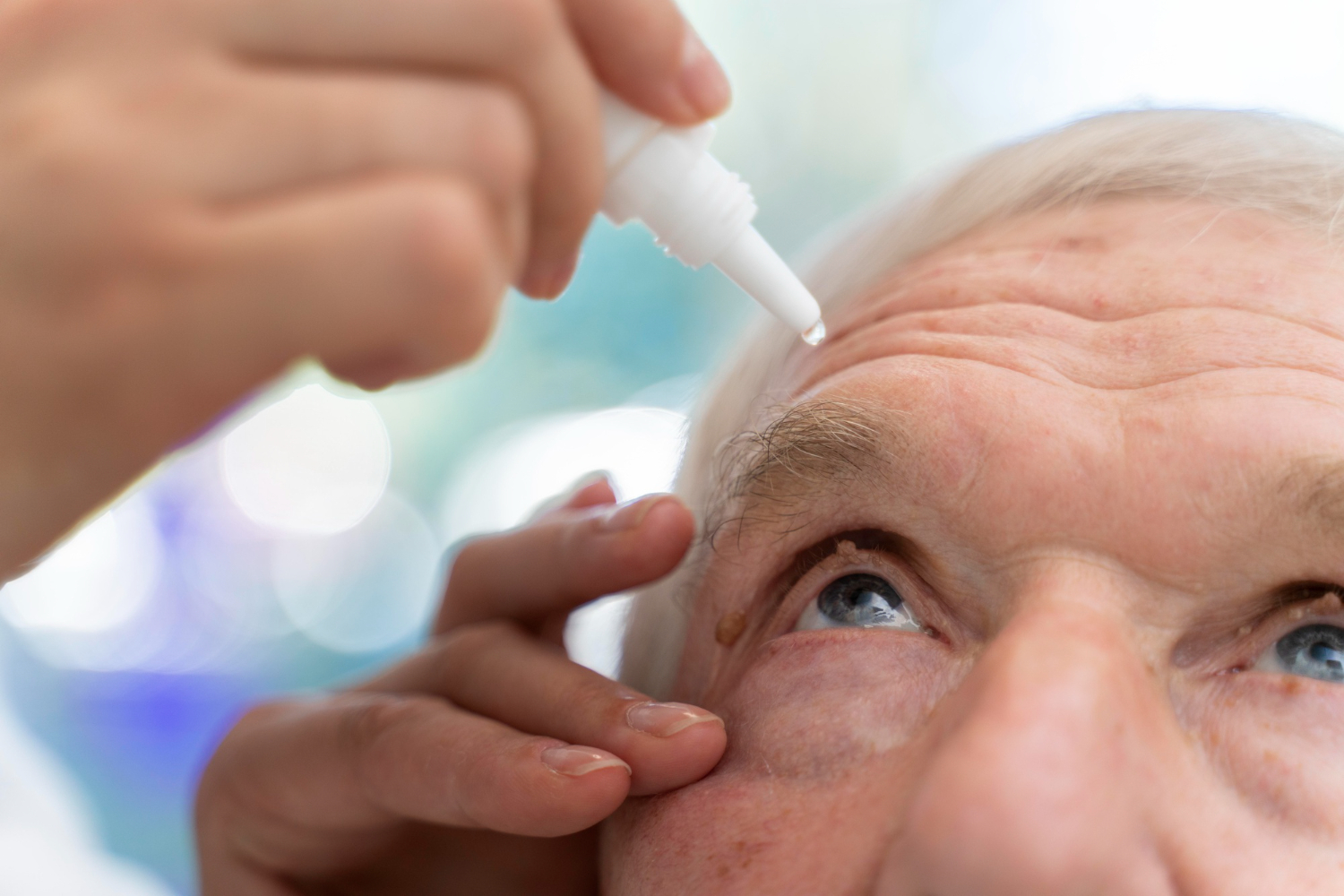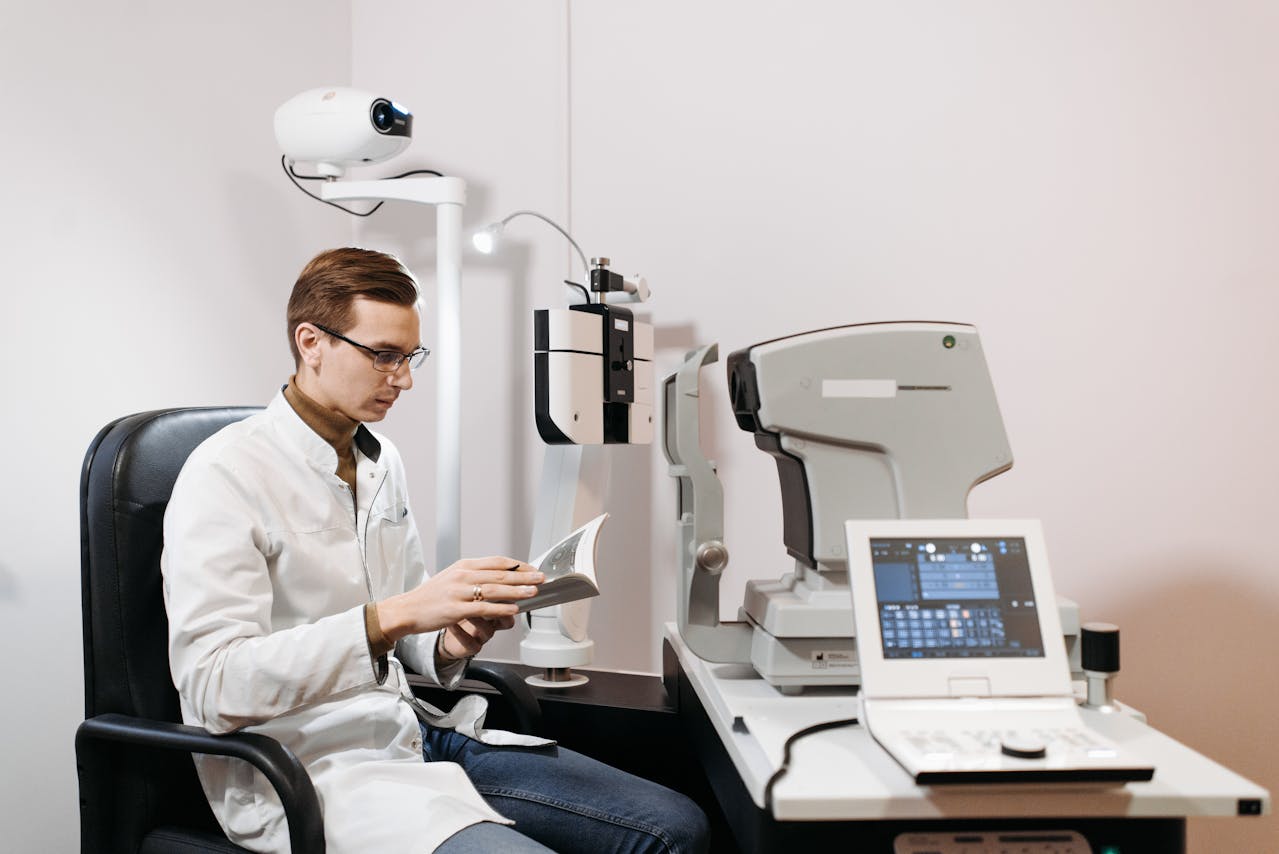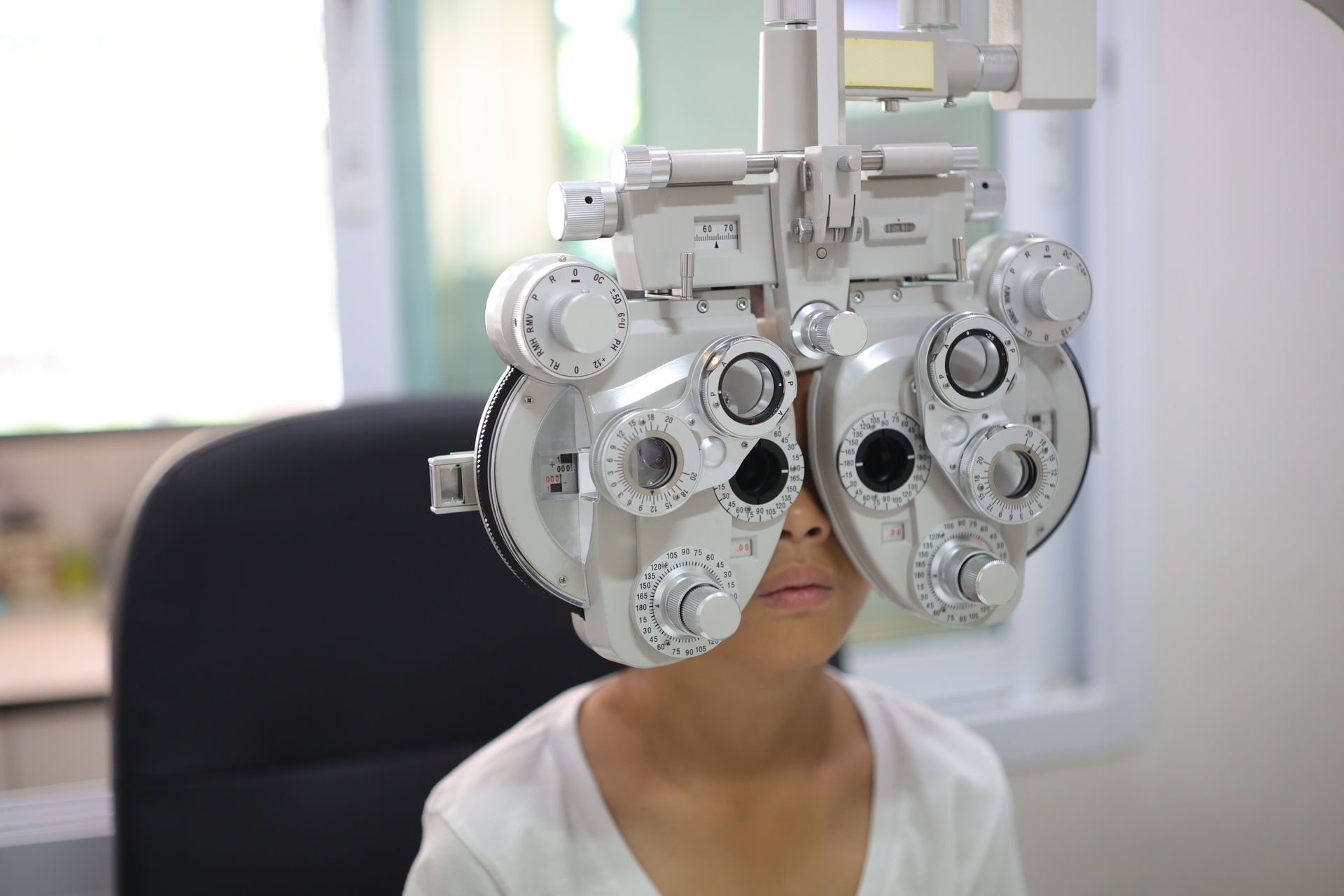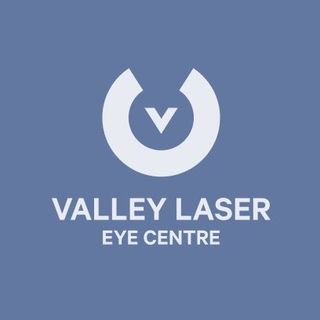If you are exploring options for vision correction, you may have encountered various procedures, each promising to enhance your eyesight and quality of life. Among these, Refractive Lens Exchange (RLE) stands out as a remarkable choice especially suited for individuals dealing with presbyopia or high refractive errors. At our clinic, we specialize in RLE, utilizing the latest in medical technology to ensure each patient receives the best care possible.
Refractive Lens Exchange involves replacing the natural lens of the eye with an artificial intraocular lens (IOL). This procedure is not only effective for correcting vision at all distances but also prevents the development of cataracts, a common issue as we age. Our approach is patient-centric, ensuring that you are fully informed and comfortable throughout your vision correction journey. We offer a detailed examination to determine the most suitable type of IOL for your specific needs, aiming to enhance your vision and improve your daily life.
With the advancements in optical technology, the safety and effectiveness of RLE have been significantly enhanced. Our experienced team is committed to providing a seamless experience, utilizing their expertise to deliver outcomes that often exceed expectations. As we delve deeper into what RLE involves and how it compares to other procedures, our focus remains on providing clear, actionable information to help you make an informed decision about your vision correction options.
What Is Refractive Lens Exchange and How Does It Work?
Refractive Lens Exchange (RLE) is an advanced vision correction surgery primarily aimed at treating presbyopia and high refractive errors that alternatives like spectacles or contact lenses cannot sufficiently correct. This procedure is particularly beneficial for individuals over 40 who experience the progressive deterioration of near vision, typical of presbyopia. At our clinic, we ensure RLE is tailored to meet individual vision needs using the latest in technology and surgical techniques.
The process of RLE involves the removal of the eye’s natural lens, which is then replaced with a premium intraocular lens (IOL). This new lens is customized based on detailed pre-surgery measurements to correct specific vision impairments, whether it’s nearsightedness, farsightedness, or astigmatism. The surgery itself is generally quick and performed under local anesthesia, ensuring comfort and minimizing patient downtime. Our commitment to precision and safety guides each step, from the initial consultation to the surgical procedure and beyond.
Key Benefits of Refractive Lens Exchange for Vision Correction
Choosing RLE for vision correction comes with numerous advantages. Firstly, it provides a comprehensive and long-lasting solution, significantly reducing and in most cases eliminating the need for glasses or contact lenses. Here are several key benefits that our patients consistently report:
1. Enhanced Vision Quality: Patients often notice a dramatic improvement in both near and distance vision shortly after recovery. The high-quality IOLs used in the procedure are designed to ensure sharp and clear visual acuity.
2. Versatility: RLE can correct multiple vision problems simultaneously, such as myopia, hyperopia, and astigmatism, along with presbyopia, thereby catering to a broader range of vision issues than most other corrective surgeries.
3. Prevention of Cataracts: By replacing the eye’s natural lens, RLE eliminates the risk of cataracts developing in the future, as cataracts can only form in natural lenses.
4. Rapid Recovery and Lasting Results: The recovery process is generally swift, with many patients resuming normal activities within a few days post-surgery. Additionally, the results of RLE are stable and permanent, providing long-term satisfaction without the need for further correction.
Our approach at the clinic is to combine these benefits with a personalised care plan, ensuring that each patient’s vision goals are met and often exceeded. This patient-centric methodology allows us to deliver optimal outcomes that significantly enhance the daily lives of our patients.
Comparative Analysis: Refractive Lens Exchange vs. Other Vision Procedures
When considering vision correction surgeries, it’s crucial to compare the available options to understand which method best suits your needs. Refractive Lens Exchange (RLE) offers unique advantages that distinct it from other procedures such as Implantable Collamer Lenses (ICL) and Photorefractive Keratectomy (PRK). Unlike PRK, which reshapes the cornea using a laser to correct mild to moderate nearsightedness, farsightedness, or astigmatism, RLE replaces the eye’s natural lens, often leading to a more substantial and multifaceted correction. This makes RLE particularly effective for patients with presbyopia or significant refractive errors.
Furthermore, in comparison to ICL, where a lens is implanted without removing the natural lens, RLE removes the natural lens and reduces the risk of cataracts, which cannot be said for ICL. This aspect of RLE is especially beneficial for patients who are already developing or are at high risk for cataracts, providing both a corrective and preventative solution in one procedure. RLE also generally requires less follow-up treatment when compared to PRK, where retreatments or adjustments might be necessary for optimal vision correction over time.
Post-Procedure Care and Long-Term Results of Refractive Lens Exchange
After undergoing Refractive Lens Exchange, our commitment to ensuring a smooth and successful recovery doesn’t stop once the surgery is complete. Post-procedure care is paramount to achieve the best long-term results. Initially, patients may experience mild discomfort such as light sensitivity, but this typically subsides within a few days. We provide detailed post-care instructions, which include the use of anti-inflammatory and antibiotic eye drops to prevent infection and manage inflammation.
Regarding the long-term outcomes, most of our patients enjoy significant improvements in both near and distance vision. One of the most appreciated long-term benefits reported by our patients is the stability of the correction. Unlike natural lenses, which degrade over time and can develop cataracts, the artificial lenses used in RLE do not change over time, thus providing a permanent solution to refractive errors. Our follow-up care includes regular check-ups to ensure the eyes are healing correctly and the vision improvements are stable, ensuring each patient achieves and maintains the best possible results from their RLE surgery.
Conclusion
Refractive Lens Exchange offers a robust solution for those seeking a comprehensive approach to vision correction. With the potential to address multiple vision problems simultaneously and prevent future cataracts, RLE stands out as a compelling option for many individuals.
If you are considering vision correction options, we invite you to consult with Valley Laser Eye Centre. Our Abbotsford ophthalmologist is dedicated to providing expert care tailored to your unique vision needs. Explore how RLE can transform your vision and life by scheduling a consultation with us today. Remember, for detailed medical advice or to discuss your specific vision needs, it’s crucial to consult directly with one of our certified medical professionals.
This blog post does not replace medical advice and should not be implemented prior to consulting a fully certified medical professional.





